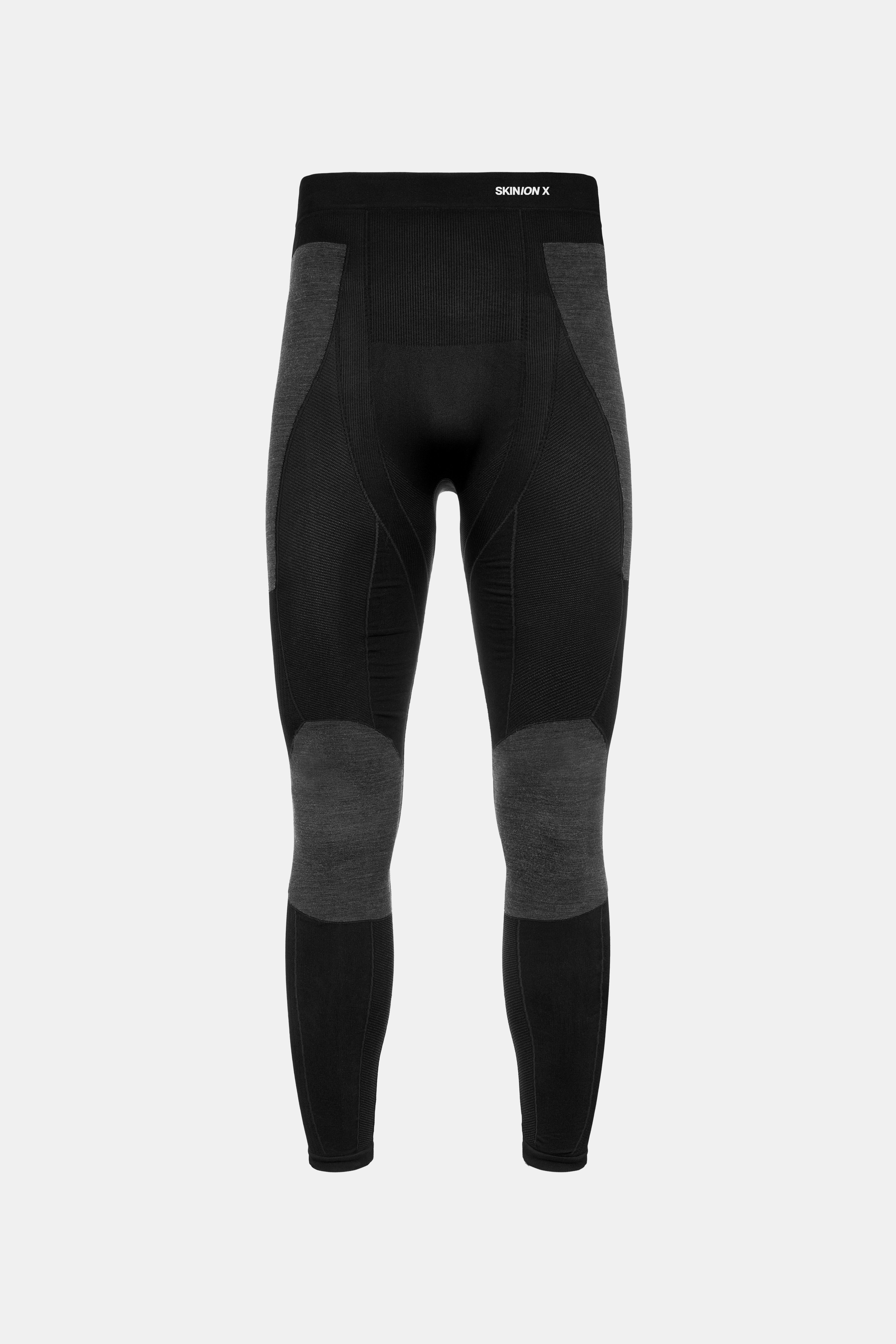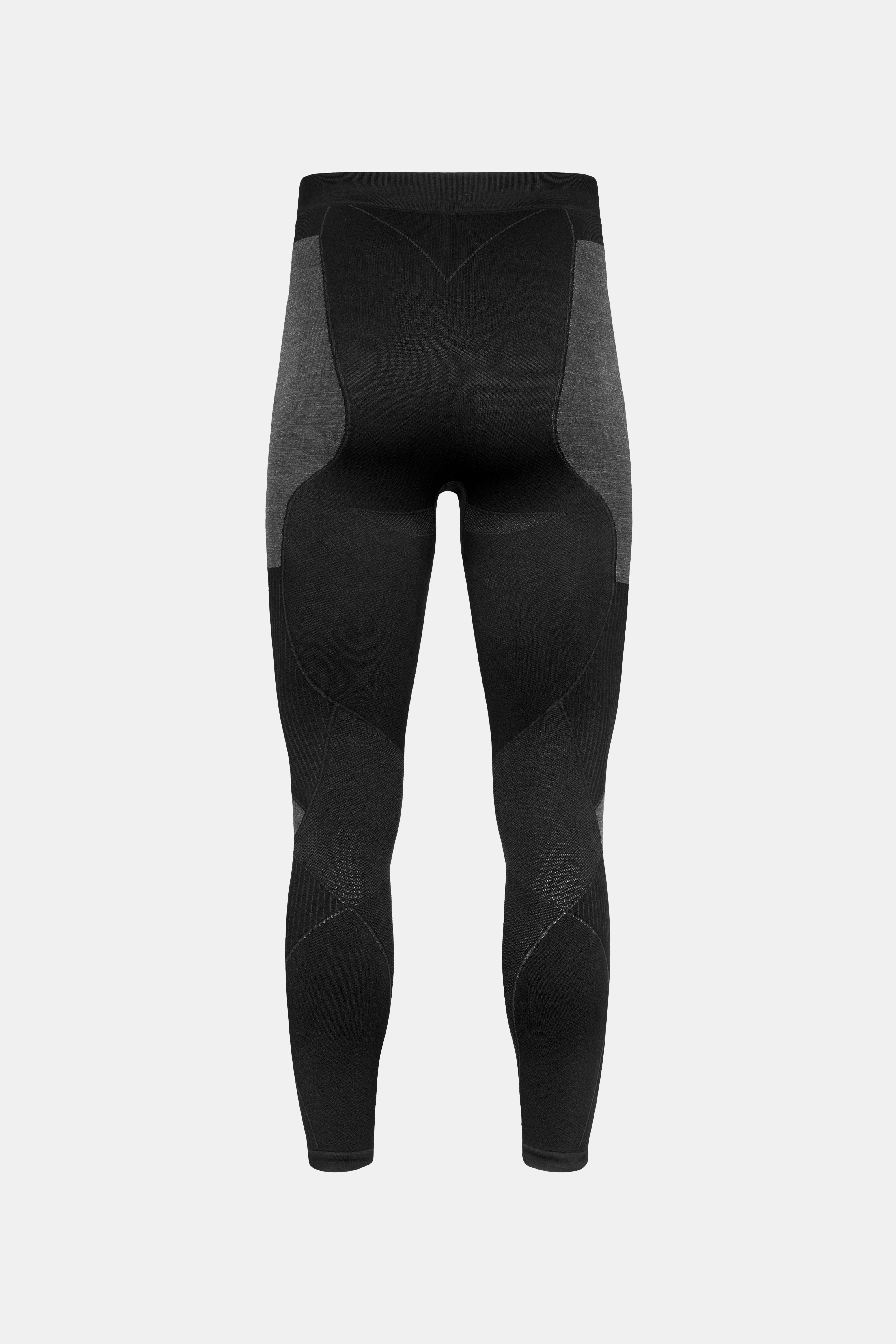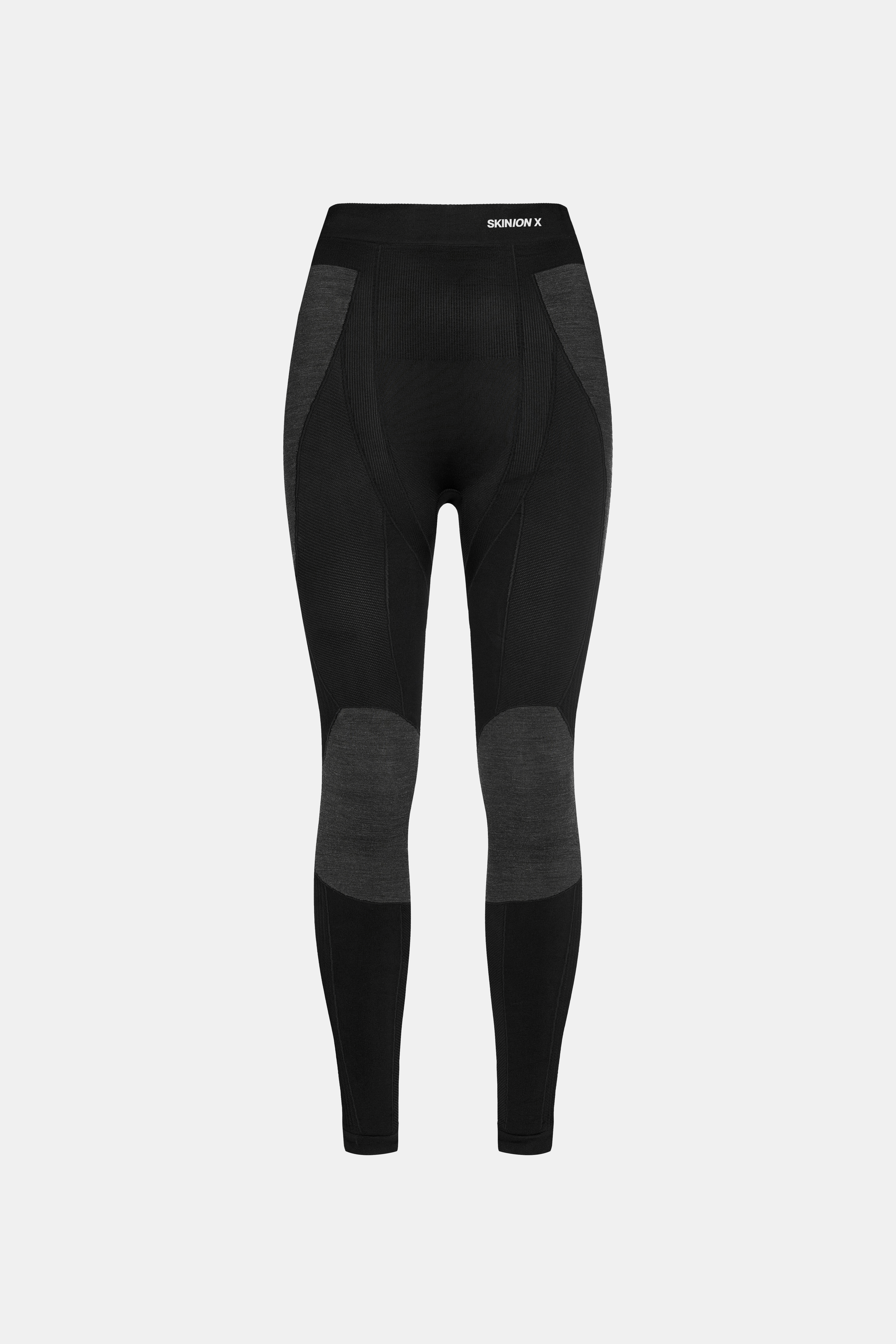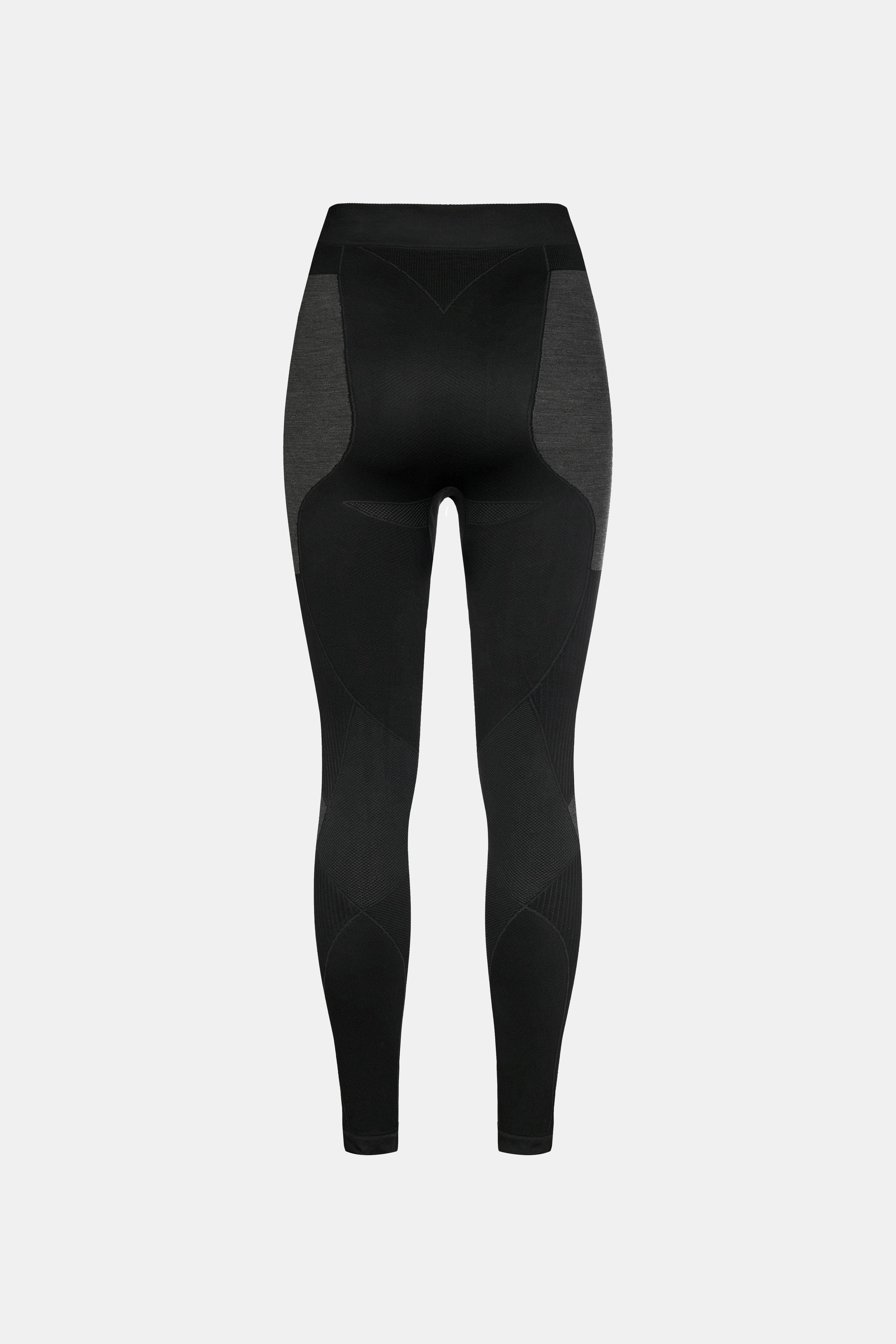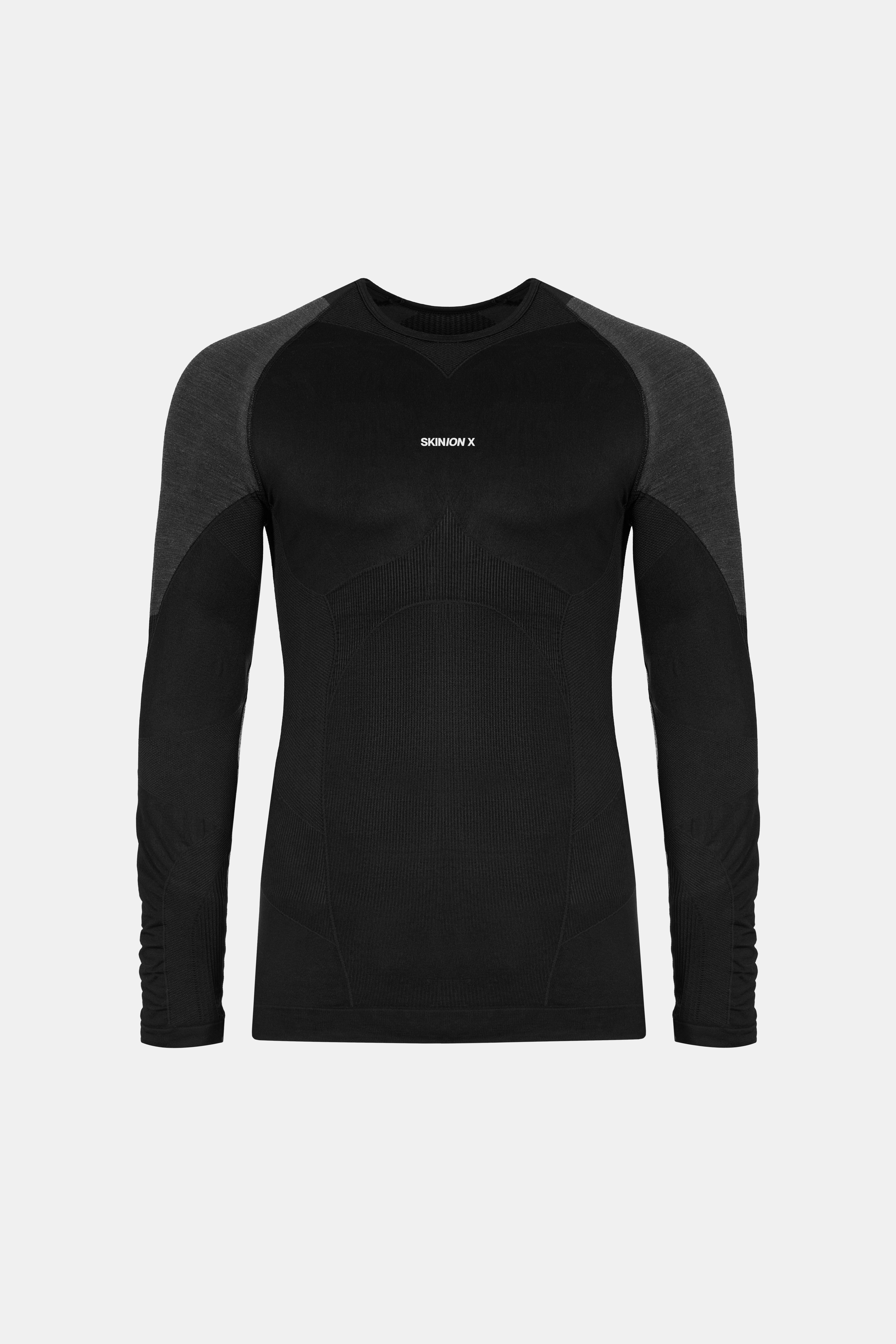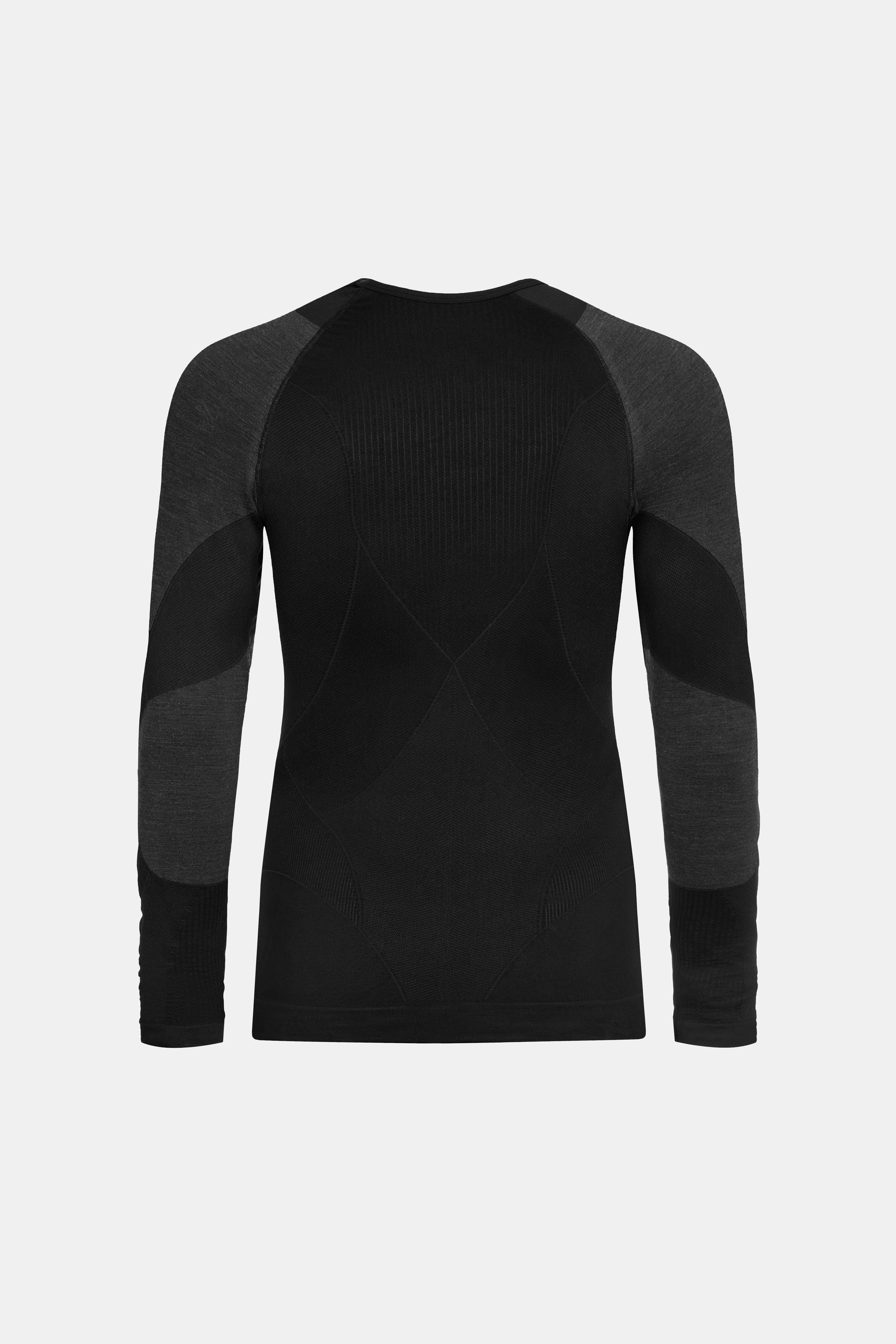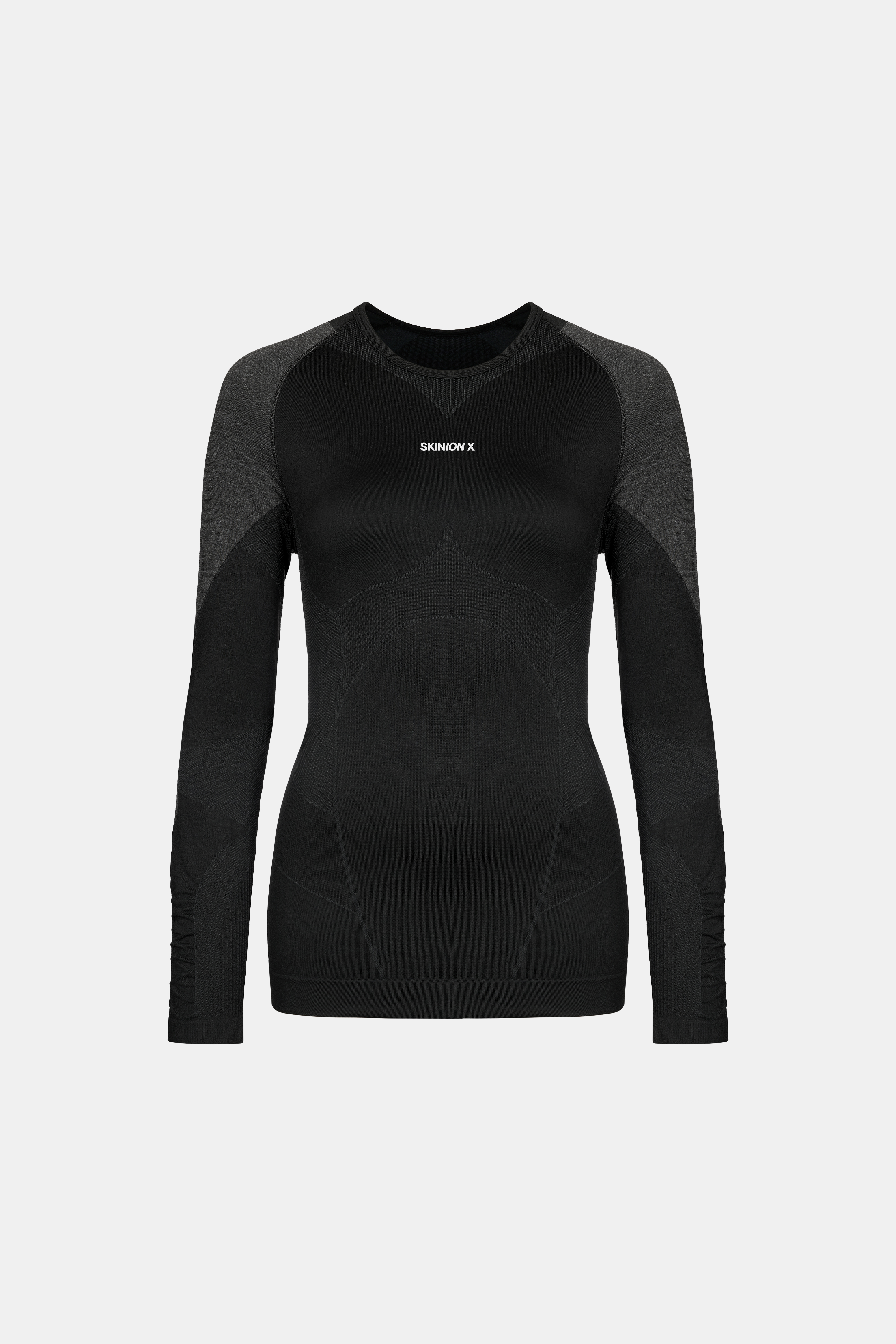Practice revealed two realities. Micro-movements under belts, protectors, and straps create friction, shear forces, and skin irritation. At the same time, falls and slides cause abrasion and superficial cuts. Conventional functional underwear may regulate the microclimate, but doesn’t account for mechanical protection logic. That’s why we decided to start with the skin and build protection into the first layer to integrate.

What sets us apart: research meets practice
Skin is not a passive sensor, but a highly dynamic organ. It regulates temperature, responds to pressure and friction, and supports our barrier function. The textile layer that touches it – the first layer – therefore influences thermo-physiological behavior, pressure distribution, and transepidermal water loss. Anyone who thinks a new fiber alone solves the problem misses the mechanism: Without coordinated knit architecture, even the most advanced materials can’t perform. Mesh that’s too dense traps heat and moisture (warp knit); fabric that’s too open loses insulation and evaporation control. Only a well-designed Knitting system controls air and moisture transport and defines the mechanical surface.
This insight shapes our everyday work. We combine medical approaches with the demands of high-performance sports.

Three Lessons from Research
-
Channel friction, don’t ignore it. Smooth and stable gliding layers prevent micro-movements from escalating into shear injuries.
-
Microclimate as a protective factor. Moisture and heat affect the coefficient of friction; efficient sweat management is part of the protection system.
-
Dual protection. A first layer must reduce irritation during continuous use. and Provides robust sliding and support behavior in the event of a fall or slide.
Our technologies: when fiber and mesh work together
H-PEA® – Fiber with a mission
H-PEA® (High-Performance Polyethylene Advanced) is our high-performance glide fiber. Polyethylene fibers naturally offer high strength and high modulus, as well as good resistance to abrasion, cutting, and chemicals. Their specific strength exceeds that of steel by more than ten times. We harness this potential, refine the fiber with UV stabilizers, and make it dyeable and adhesive. The result is an extremely smooth surface that minimizes friction while maintaining elasticity and toughness.
H3D-Knitting System® – Wearable architecture
Without a knitting system, performance is left to chance. That’s why, over more than twenty years, we have H3D Knitting System® developed: a three-layer, zoned knit architecture with seamless construction. A close-to-skin Glide layer made from H-PEA® dissipates micro-movements; a Transfer layer transports moisture and stabilizes the microclimate; a Support structure Distributes pressure and provides support. Varying mesh densities create zones for heat retention, cooling, and relief, ensuring that friction management, moisture transfer, and pressure distribution work exactly where your body needs them.

Test results you can trust
Our technologies are not only tested internally. In climate chambers (-5 °C up to +35 °C, 30–80 % rF) show H3D patterns:
-
Up to 40 % faster drying compared to standard knits made from identical fiber bases.
-
Up to 80 % faster drying time compared to warp knitting.
-
Significantly reduced skin irritation during long-term use.
-
Consistent functionality after more than 50 washes.
Additionally, H-PEA®/H3D® patterns undergo external Abrasion tests according to EN 17092-1This procedure simulates a motorcycle crash: The translational sliding motion is converted into a rotational movement; depending on the safety class and zone, the material must withstand varying initial speeds, and breakthrough may not exceed 5 mm. In Cut tests according to DIN EN 388:2019 Cut resistance is measured in NewtonsSKINION X® achieves values of 2–3 on a scale of 0–5 – confirming its abrasion and cut resistance.
Our milestones: From vision to product
-
MedTech origins: Wound management and low-irritation surfaces in Hamed®/Trustgarn® technology.
-
Guiding question: Is on-skin protection against abrasions and cuts possible as a first layer?
-
Architecture shift: moving away from a "fiber focus" toward a zoned knitting logic with glide surfaces and moisture transfer.
-
Integration of H-PEA® & H3D®: Prototyping, stress tests, and slide simulations.
-
Validation: external abrasion and cut paths according to recognized standards, internal long-term, moisture, and shear cycles.
-
Segment transfer: Customized zoning, feel, and compression for moto, sport, and work.
Research in Europe, manufacturing in Italy – why this makes sense
Our research and development is interdisciplinary and takes place within the EU. Thanks to our own knitting facility in Italy, the pathways between material development, knitting, and quality control are especially short. This enables an iterative process, quick and seamless documentation, and a close integration of prototyping and serial production – quality you can feel on your skin.
What the first layer can do – and what it can't
Our Protective First Layer can channel measured friction, cushion pressure peaks, and stabilize the microclimate. This reduces the risk of irritation, skin abrasion, and superficial cuts. But it does not replace protectors or PPE and not just cautious behavior. The best effect is achieved when the base layer, mid-layers, and protective equipment work together as a system.
Trust through testing paths
We don’t promise anything we haven’t tested. External labs measure performance according to recognized standards; internal tests simulate everyday and extreme conditions. All published figures include test setup, parameters, and limitations. If data is missing, we explain the methodology and boundaries instead of speculating.
People & attitude
SKINION X® is backed by developers from textile engineering, medtech, and real-world practice. What unites them is an attitude: Take skin problems seriously and solve them with technical precision.. "When something rubs or cuts, stories don’t help—only stitches, materials, and data do." This is the creed that guides us every day.
Applications: Moto, Sport, Work
-
Moto: Under protectors and straps, with seat pressure and changing temperatures – featuring integrated gliding and protection logic, even for sliding scenarios.
-
Sport: Cyclical stress, sweat hotspots, and friction zones beneath straps and hip belts; the microclimate remains stable.
-
Work: Repetitive tasks, localized pressure and shear loads; robust glide surfaces for long-term wear.
The basic principle remains, but we adjust zoning, feel, and compression for each segment.






